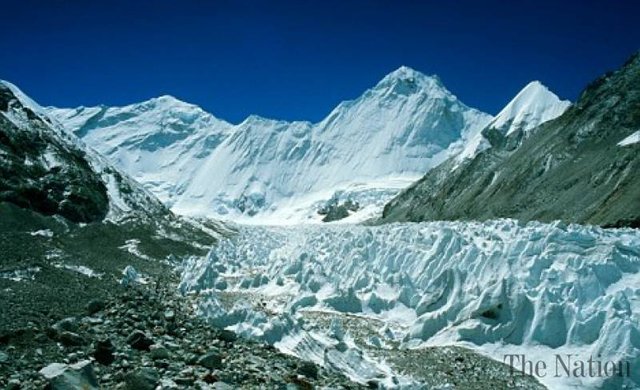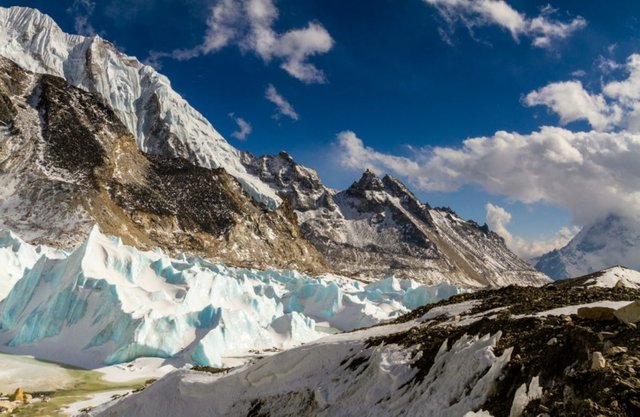Himalayan glaciers are now ‘living entities’
Swathes of Himalayan Glaciers are now granted the status of ‘living entities’ in an effort to protect and preserve them.

INDIA, DEHRADUN – In an effort to protect Himalayan glaciers, lakes and forests, an indian court has recognised swathes of the Himalayan environment as “legal persons”. This comes just weeks after the country has granted similar status to its two most sacred rivers – the Ganges and the Yamuna.
In an effort to enforce environmental protection in the mountainous region, the court granted legal standing to the two glaciers, Gangotri and Yamunotri. This steps will help to preserve and conserve the glaciers, which are melting rapidly due to the detrimental increase in global warming. The two largest glaciers of the Himalayas are said to be “receding fast”, and have been a major cause of concern in recent years.

Photo: The Journal Le
The Yamounotri and Gangotri glaciers are part of the most revered and sacred ‘Char Tham Yatra’, and are sources of water for the holy Ganges and Yamuna rivers, respectively. According to a two-judge bench of justices Rajeev Sharma and Alok Singh, the glaciers have retreated more than 850m in just over 25 years.
By granting them the statues of “living entities”, the court hopes to preserve swathes of the Himalayan environment, including waterfalls, meadows, lakes and forests. The decision was made and passed on March 20, and was greatly supported by environmental activists, who hope that the granting of this status would be more than simply a symbolic gesture.
“The rights of these entities shall be equivalent to the rights of human beings and any injury or harm caused to these bodies shall be treated as injury or harm caused to human beings,”
– HIGHEST COURT IN HIMALAYAN STATE OF UTTARAKHAND
Areas granted legal personhood cannot be polluted or damaged, and are protected legally. The entities have rights that are equivalent to the rights of a human individual and any harm caused to them will be considered as harm to an individual. Attempts to contaminate or destroy the areas will result in prosecution by law. This is to ensure that they are protected against any environmental destruction.
New Zealand is the first to embark on such an approach in March 2017. On March 15, the local Māori tribe of Whanganui recognised its river, New Zealand’s third-largest, as a living entity. Its ancestral and spiritual waters are recognised by its Maori people for 140 years.
Similar attempts are made in India to clean up the Ganges, but it remains polluted. The 2,500km river snakes across northern India from the Himalayas all the way to the Bay of Bengal.
The Ganges and Yamuna rivers are revered by millions of Hindus. The granting of a personhood status to these water bodies marks the local government’s effort to preserve their natural condition.
https://steemit.com/video/@a-0-0/by-kent-hovind-are-you-going-to-heaven